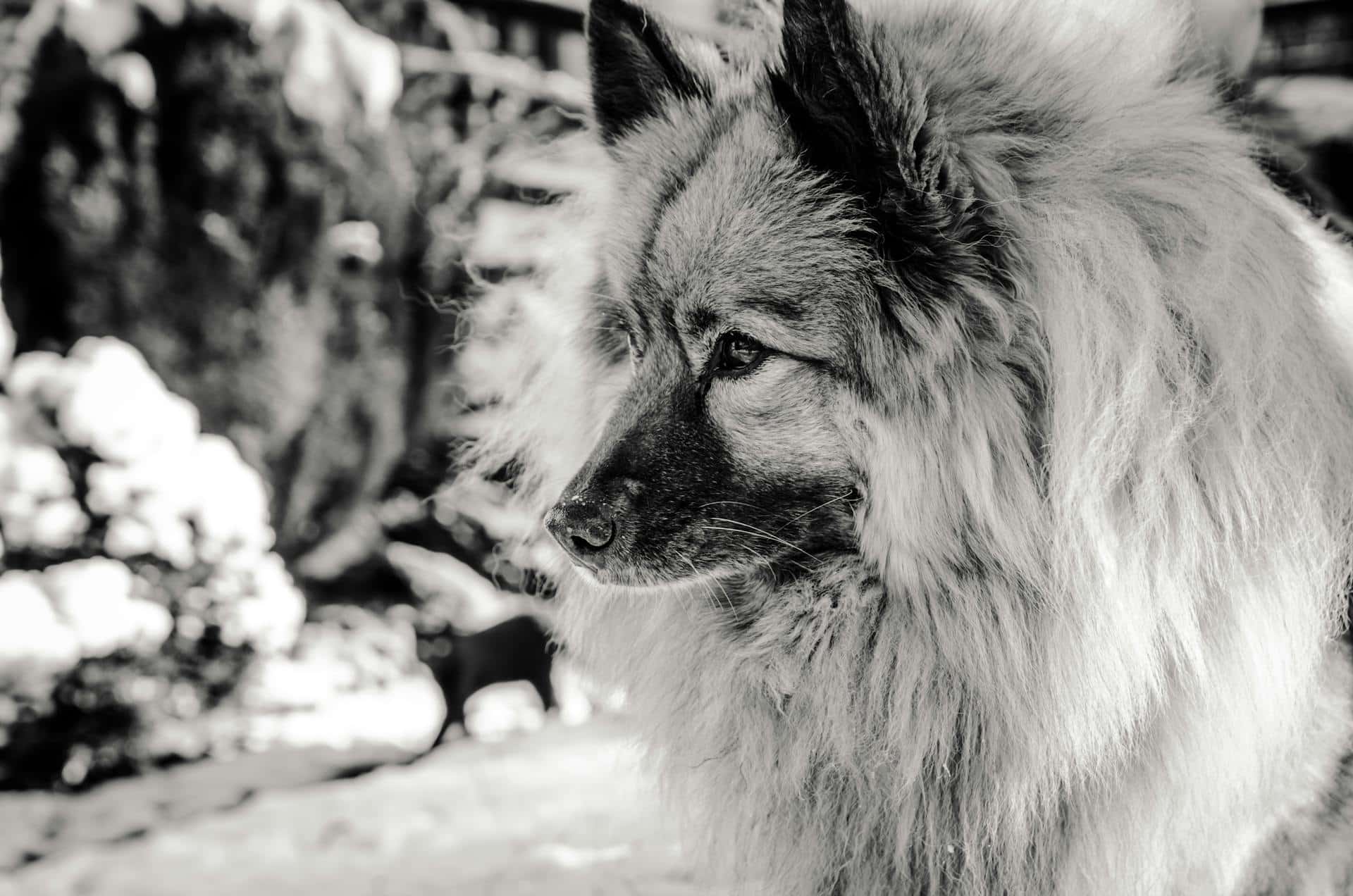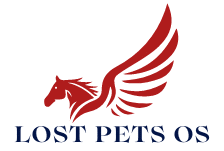What is the recommended care routine for a Keeshond's dense coat to prevent matting?

As pet owners, keeping our furry companions healthy, happy, and well-groomed is always a priority. This is particularly important when it comes to dogs with dense double coats, such as the Keeshond breed. These dogs, known for their plush and attractive fur, require a specific grooming regime to prevent matting and other coat-related issues. By adhering to a strict care routine, you can help your Keeshond maintain its signature fluffy appearance, while promoting good health and well-being.
Understanding the Keeshond’s Double Coat
Before diving into the specifics of grooming a Keeshond, it's essential to understand the breed's unique coat characteristics. Keeshonds are part of the Spitz family, a group of breeds known for their long, dense double coats. This type of coat consists of a soft, dense undercoat and a longer, coarser outer layer.
Avez-vous vu cela : How do you prepare an Australian Terrier for pet therapy sessions in children's hospitals?
The double coat works efficiently to protect the dog from both hot and cold weather. In winter, the undercoat provides insulation, while the outer layer repels water and snow. In the summer, the coat protects the dog from sunburn and overheats. However, the dense nature of the Keeshond's coat also makes it prone to matting and tangling if not cared for properly.
Daily Brushing: A Must for Keeshond Grooming
Brushing is the cornerstone of grooming a Keeshond. The frequency of brushing can vary depending on the dog's age, overall health, and the time of year. However, most Keeshonds will benefit from daily brushing. This practice not only helps to prevent matting but also spreads natural oils throughout the coat, promoting a healthy shine and skin.
Dans le meme genre : How do you create a safe home environment for a Basenji prone to climbing and escaping?
Start with a slicker brush to remove loose hairs, then use a steel comb to carefully detangle any knots. Brushing from the skin outwards will ensure you're reaching both layers of the coat. Remember, the undercoat is where most tangles form, so it's crucial not to overlook this part of the grooming process.
Regular Bathing and Drying
While Keeshonds don't need as frequent baths as some other breeds, regular bathing is still a vital part of their care routine. Aim to bathe your pet every three to four months, or whenever the coat becomes dirty. Use a dog-friendly shampoo to cleanse the coat, and follow up with a conditioner to keep it soft and manageable.
Drying your Keeshond's coat properly after a bath is just as important as the bath itself. Use towels to blot out as much water as possible from the dog's coat, then use a blow dryer on a low heat setting to dry the rest. Make sure to keep the dryer moving to avoid overheating any part of the dog's skin.
Professional Grooming Sessions
While daily brushing and regular bathing can be done at home, professional grooming sessions are also beneficial for Keeshonds. Professional groomers have the tools and expertise to handle any stubborn mats that might have formed. They also trim the fur around the dog's paws and ears to keep these areas clean and tidy.
Professional grooming sessions can also include a thorough coat blowout. This process helps to remove the loose undercoat, reducing shedding and preventing potential matting.
Diet and Supplements for a Healthy Coat
It's not all about external care; a Keeshond's diet can also significantly influence the health of its coat. A balanced diet rich in high-quality proteins will provide the nutrients necessary for a dense, shiny coat. Omega-3 fatty acids, in particular, are known to promote skin and coat health.
Consider adding skin and coat supplements to your dog's diet if necessary. These supplements, which often contain ingredients like fish oil and biotin, can provide an extra boost to your dog's coat health. As always, discuss any potential dietary changes or supplements with your veterinarian first.
By following these grooming practices, you'll be well-equipped to maintain your Keeshond's double coat and prevent any matting issues. Remember, grooming is not only about aesthetics, but it's also an essential part of your pet's overall health care.
The Role of Mental Stimulation and Exercise in Maintaining a Healthy Keeshond Coat
The health and appearance of a Keeshond's coat are not solely dependent on grooming practices but also the overall health and well-being of the dog. A vital part of this is adequate mental stimulation and regular exercise.
Keeshonds, like many other dog breeds, require both physical and mental stimulation to stay healthy and happy. When under stress or bored, these dogs can develop destructive behaviors, such as excessive licking or scratching, which can harm their double coat. Moreover, regular exercise aids in the circulation of blood, promoting healthier skin and a more vibrant coat.
Engage your Keeshond in activities that work their body and mind. These can include walks, play sessions with toys, training sessions that use positive reinforcement, and interactive games. Use dog-friendly toys and equipment that are safe for your pet.
Despite being a dense coated dog, Keeshonds are quite agile and enjoy activities that allow them to move around. Exercise also helps to control weight, as obesity can lead to several health issues, including skin and coat problems.
If you have a Keeshond puppy, ensure the exercise is age-appropriate and doesn't put undue stress on their developing joints, as this breed is prone to hip dysplasia. Consult with a vet or a professional trainer to understand better what exercises are suitable for your dog according to its age, size, and breed characteristics.
The Impact of Seasonal Changes on the Keeshond's Coat
Keeshonds, originating from the Dutch barge dog lineage, have evolved to withstand various weather conditions, thanks to their dense double coat. However, the changing seasons can significantly impact the condition of a Keeshond's coat and its care routine.
In warmer months, your Keeshond will naturally shed its undercoat to stay cool. During this time, regular grooming is essential to manage shedding and prevent the loose hair from matting. Be gentle while brushing to avoid hurting the dog or damaging its coat.
In contrast, during colder months, the Keeshond's coat will thicken to offer insulation against the cold climate. Getty images of Keeshonds in winter depict them with a denser, fluffier look, courtesy of their thickened undercoat. This is the time when they're most susceptible to mats and tangles due to the increased density of their coat, requiring more frequent brushing.
Understanding these seasonal changes will enable dog owners to adjust their Keeshond's coat care routine accordingly, ensuring a healthy, mat-free coat all year round.
Conclusion
The Keeshond's plush double coat is certainly one of its most distinctive breed characteristics, requiring a dedicated and regular grooming regime to keep it in top condition. This includes daily brushing, regular bathing, professional grooming sessions, and ensuring a balanced diet supplemented with coat-healthy nutrients.
However, maintaining a healthy Keeshond coat goes beyond grooming practices. Adequate mental stimulation and regular exercise play a significant role in promoting a vibrant, healthy coat. Furthermore, being aware of seasonal changes in your dog's coat will allow you to adjust your care routine as needed.
By understanding your Keeshond's needs and investing time in their care, you can help your furry friend maintain its beautiful coat, promoting not just aesthetics but also their overall health and well-being. After all, a well-groomed Keeshond is a happy Keeshond!
